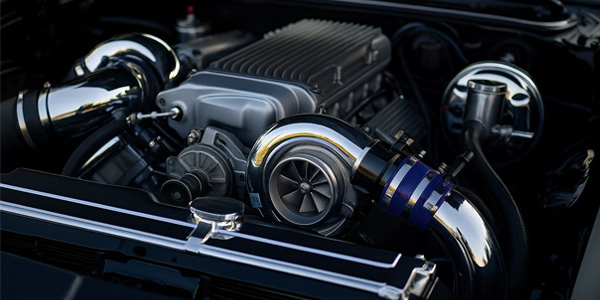
The debate between turbocharging and supercharging has shaped the performance and efficiency conversation for decades. In 2025, it is less about which is better and more about how each technology is adapting to stricter emissions laws, electrification, and consumer demand.
Turbocharging Today
Turbochargers remain the industry’s workhorse. By using exhaust gases to generate boost, they deliver efficiency gains that fit perfectly with downsized engines and tougher emission standards. Modern turbos are smarter and faster than ever thanks to electric assist, variable geometry, and advanced materials that handle higher pressures and temperatures. This makes them the go-to solution for mainstream manufacturers.
Supercharging Reinvented
Superchargers provide instant throttle response by drawing power directly from the engine. Historically less efficient, they are now evolving with electric drive systems and lightweight materials that reduce drag. While they may not rival turbos in mass-market adoption, they excel in performance cars, motorsport, and hybrid applications where responsiveness is key.
Emerging Trends
2025 is defined by hybrid boosting systems that combine turbocharging, supercharging, and electric motors for maximum flexibility. Smarter control systems and predictive software adjust boost in real time, while new coatings and alloys extend durability. The result is more power, fewer compromises, and greater reliability across the board.
Market Outlook
Turbochargers continue to dominate global production, with significant growth projected over the next decade. Superchargers occupy a smaller but important niche, especially in performance and electrified builds where their instant response shines. Both are benefiting from innovations that make them cleaner, stronger, and more adaptable.
The Road Ahead
The future is not about choosing between turbocharging or supercharging. Instead, it is about integration — using the right combination of technologies to balance efficiency, performance, and emissions. In 2025 and beyond, forced induction is no longer a rivalry but a toolkit for building smarter, more capable engines.
